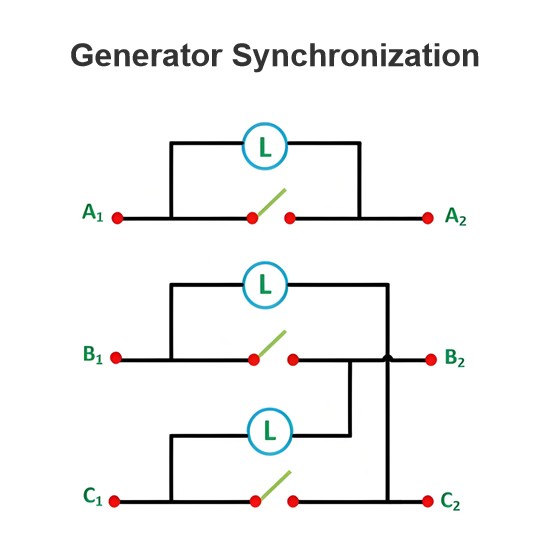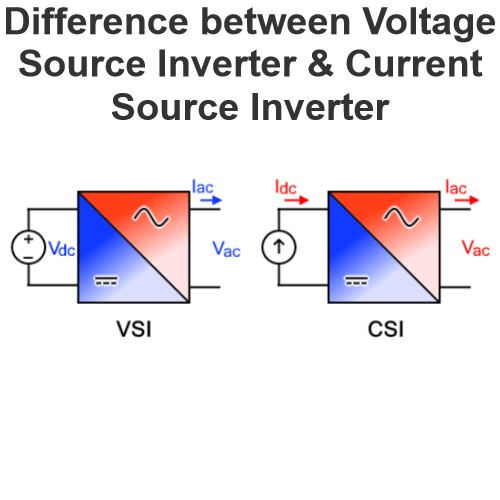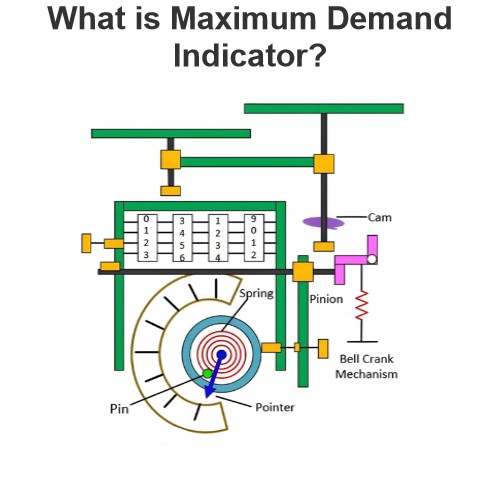What is the process of generating high voltage from low voltage using capacitors and diodes?
The process of generating high voltage from low voltage using capacitors and diodes usually involves some specific circuit structure, such as a voltage doubling rectifier circuit. Here is the basic process:
Circuit element introduction
Condenser
A capacitor is an electronic component that can store electrical charge. In this process, the capacitor mainly plays the role of storing and releasing charge.
The capacitance of a capacitor determines how much charge it can store. In general, the larger the capacitance value, the more charge can be stored.
Diode
A diode is an electronic component with unidirectional conductivity. In this process, the diode is mainly used to control the direction of the current, so that the charge can flow according to a specific path.
The forward conduction voltage drop of the diode is small, and almost no current is allowed to pass through the reverse cut-off.
Working principle of voltage doubling rectifier circuit
Half wave voltage doubling rectifier
Input low-voltage AC signal, when the AC signal is in the positive half circle, the diode is switched on, charging the capacitor, so that the voltage at both ends of the capacitor is close to the peak of the input voltage.
When the AC signal enters the negative half cycle, the diode is cut off, and the input voltage and the charged voltage on the capacitor are connected in series, acting together on the load, thus obtaining an output voltage on the load that is higher than the peak input voltage.
Full wave voltage doubling rectifier
A full-wave voltage doubling rectifier circuit uses two diodes and two capacitors. Input a low-voltage AC signal, at positive half a cycle, a diode is switched on, charging a capacitor; At negative half a cycle, another diode is switched on, charging the other capacitor.
The voltages on the two capacitors are then connected in series to act on the load, resulting in a higher output voltage on the load.
Key factors in the process
Capacitance selection
The capacitance value of the capacitor needs to be selected according to the frequency of the input voltage, the size of the load current and other factors. If the capacitance value is too small, it may not be able to store enough charge, resulting in unstable output voltage; If the capacitance value is too large, it may increase the cost and volume of the circuit.
Diode parameter
The parameters of the diode's positive on-voltage drop and reverse withstand voltage also need to be selected according to the requirements of the input voltage and output voltage. If the voltage drop of the diode is large, the amplitude of the output voltage will be reduced. If the reverse voltage resistance of the diode is insufficient, it may be broken down, resulting in circuit failure.
Load effect
The size of the load will affect the stability of the output voltage. If the load current is too large, it will cause the capacitor to discharge faster and the output voltage to drop. Therefore, when designing the circuit, it is necessary to select the appropriate capacitor and diode parameters according to the requirements of the load to ensure the stability of the output voltage.
The Electricity Encyclopedia is dedicated to accelerating the dissemination and application of electricity knowledge and adding impetus to the development and innovation of the electricity industry.













